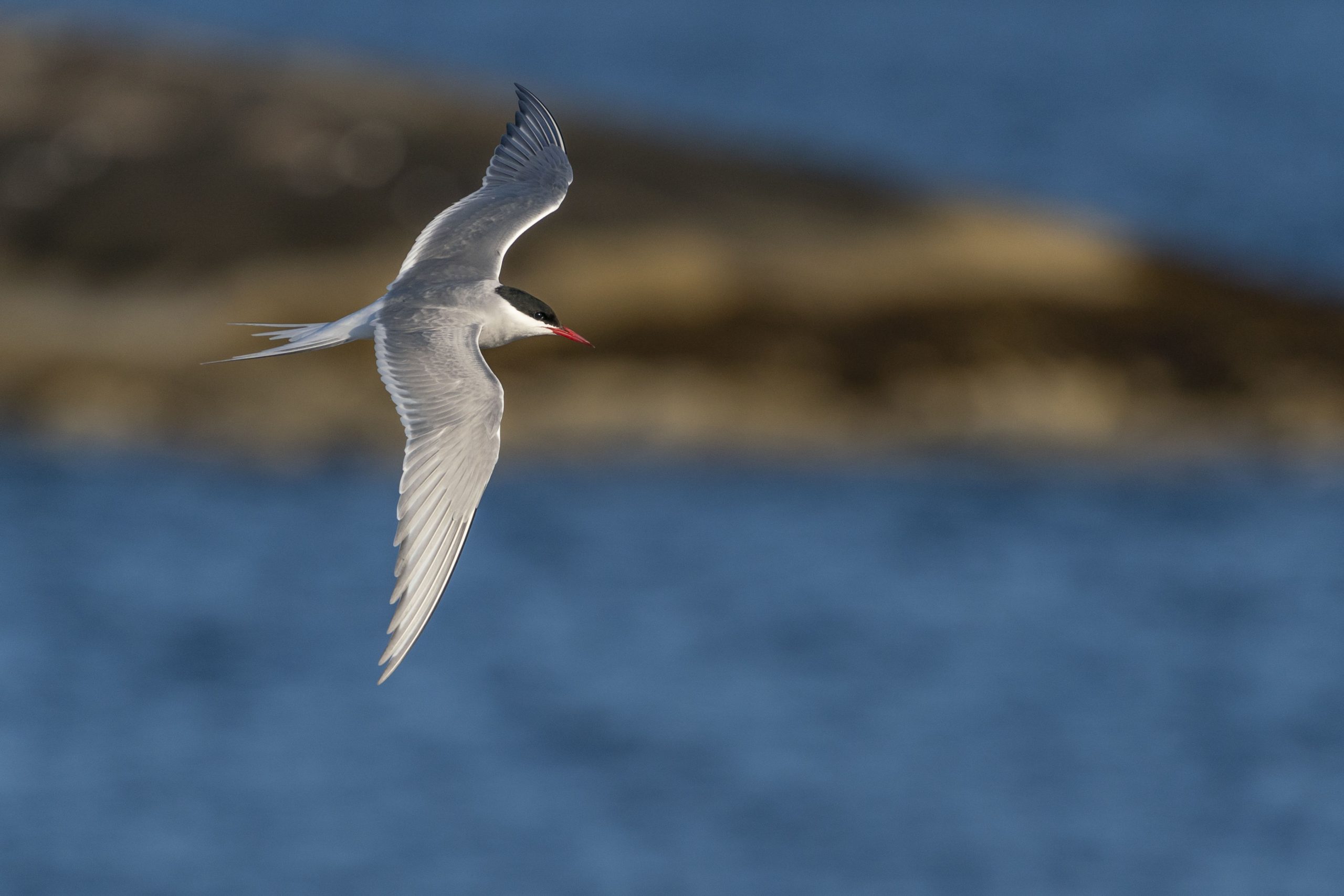News
Traversing the Earth: innovation and collaboration for migratory waterbirds

News | Jun 2021
Whilst international travel for people has drastically reduced over the last year amidst the Covid-19 pandemic, thousands of bird species continue to traverse the Earth’s surface on their seasonal migrations.
In some cases, flyways - meaning the entire range through which a migratory bird moves on an annual basis - stretch across several thousand kilometres, spanning countries, oceans and continents. The arctic tern, for example, has one of the longest migrations of any animal on Earth, traversing over 30,000 kilometres from the Arctic Circle to the Antarctic Circle, allowing the bird to enjoy two summers a year.
Ensuring that migratory species thrive requires international cooperation across the birds' entire migratory range. Effective collaboration is essential to ensuring the birds are safe on their migration, have good habitat for breeding and wintering, and have a well-connected network of sites to support them at every step of the journey.
The Agreement on the Conservation of African-Eurasian Migratory Waterbirds (AEWA) is an independent intergovernmental treaty specially dedicated to the conservation of migratory waterbirds and their habitats. Developed in 1995 under the framework of the Convention on Migratory Species (CMS) and administered by the United Nations Environment Programme (UNEP), AEWA covers 255 species of birds spending at least one part of their annual cycle on wetlands. The flyways of these diverse bird species span from the northern reaches of Canada and the Russian Federation to the southernmost tip of South Africa, including the Arabic peninsula and western Asia.
Identifying and reducing threats to migratory birds
The second AEWA Strategic Plan (2019-2027) identifies four causes of unnecessary additional mortality and other key threats to migratory waterbirds and their habitats. These are:
- Energy infrastructure (especially powerlines and wind turbines)
- Illegal taking and killing
- Fisheries bycatch
- Invasive alien species
The first of these threats, energy infrastructure, necessitates careful planning to create access to sustainable energy whilst simultaneously ensuring the safety of migrating birds. This could primarily be achieved by ensuring that wind farms and powerlines are sited away from important migratory flyways; however, where they do coincide, it’s necessary to find innovative solutions to avoid collisions and reduce the impacts on birds.
For example, the Gabel El Zeit wind farm complex in Egypt is situated on the Red Sea coast, a bottleneck for migrating birds in both spring and autumn seasons. In order to mitigate the risk posed to migratory birds by wind turbines, the Gabel El Zeit wind farm complex applies a novel “shut down on demand” system. Two radars enable early detection of migrating birds, whereupon they notify an operator in a control room who can immediately stop the turbines located in the migration path. This system has successfully improved the outcomes for migratory birds, while also creating a renewable source of energy that can help tackle climate change.
Innovative technological solutions like this will be essential in the coming decades as the world seeks ways to address the twin crises of climate change and biodiversity loss.
Rest, refuel, recover & report
UNEP-WCMC is working with the AEWA Secretariat to monitor progress towards the Agreement's key objectives: to protect migratory bird species and promote their recovery, and to ensure that they have safe areas to rest and refuel along their flyways.
The 82 signatories to AEWA are required to provide detailed reports recording the efforts they have made in line with AEWA’s key objectives. Every three years, UNEP-WCMC prepares an analysis of these national reports on behalf of the UNEP/AEWA Secretariat. These analyses help recognise countries’ successes in relation to AEWA implementation and provides the basis for policy makers to make decisions as to where to focus future conservation efforts for migratory waterbirds in the African-Eurasian region. The next analysis is due to be published later this year.
AEWA turned twenty-five last year, celebrating the end of one conservation chapter and the start of a new one. The data and conclusions in the next national report analysis will help Parties ensure that the next phase of international collaboration to protect migratory waterbirds builds on the efforts made so far, seizing opportunities for innovative means to conserve these species for generations to come.
Have a query?
Contact us
communications@unep-wcmc.org
